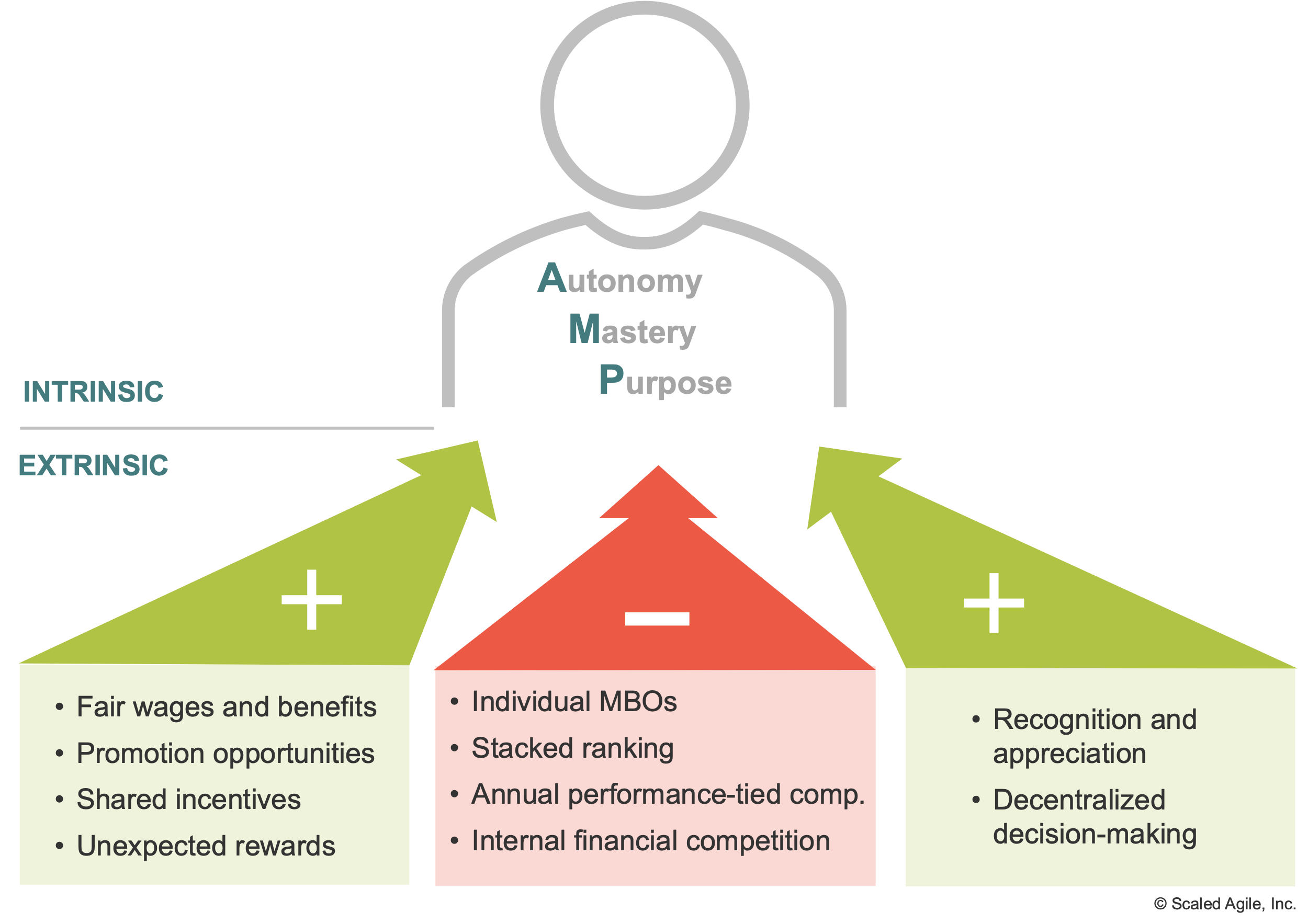While leading the development of SAFe during the last few years, I’ve come to reflect more and more on the inherent nature of agility. While it might appear as “settled law” at this point, the fact is that agility does not seem to be a natural state—whether at the portfolio, large solution, ART, team—or even individual—level. While we generally make great strides forward, and we all receive the benefits of that, I’ve also witnessed new teams struggling to achieve the basic Agile practices, good teams occasionally regressing, and even individuals who are simply not comfortable with what we assumed was a natural inclination to act and be more Agile. Let’s face it, Agile is hard, and twenty years in, this journey is far from complete.
As I pondered how to address this challenge with SAFe, I came to two personal conclusions.
- Focusing on delivering a continuous flow of value may be more fruitful than focusing on whether “We are Agile or not”? The former appears to be measurable and outcome-based. The latter seemingly leads to endless philosophical debates about what is or isn’t Agile and whether it should or shouldn’t be a goal unto itself.
Accordingly, flow became the central theme of 6.0, including better incorporation of Lean Thinking and the new Principle 6 – make value flow without interruptions, as is highlighted in the recent blog post and article: Accelerating Value Flow with SAFe 6.0. - As leaders, we can never lose sight of the human element that is the foundation of agility. It is based on happy, motivated, and empowered knowledge workers working to solve problems and increase the value they deliver to their customers. I love being part of an Agile team; everyone deserves that.
SAFe Principles #8 – Unlock the intrinsic motivation of knowledge workers, and #9, Decentralize Decision-making, are the ‘home’ for many of these ‘people’ thoughts. Like all things SAFe, these principles offer the opportunity for continuous improvement.
I am now pleased to announce that we have just released the updated Principle #8 — Unlock the intrinsic motivation of knowledge workers. In this version, we delve further into the research and look deeper into how leaders can help foster the intrinsic motivations of Autonomy, Mastery, and Purpose. We also look at some extrinsic motivators. They can be negative or positive (see figure below); it depends on us.

In addition— and of significant importance to the bigger picture of motivation—we delve further into the various aspects of monetary incentives.
Our goal in this article was to take a comprehensive, multi-faceted view of what drives knowledge workers to create and enjoy exceptional work. We hope you can both enjoy and deploy this new thinking.
Coming soon: An updated Principle #9 – a deeper and more profound guide to implementing Decentralized decision-making. Stay tuned!
—Dean and the SAFe Framework Team